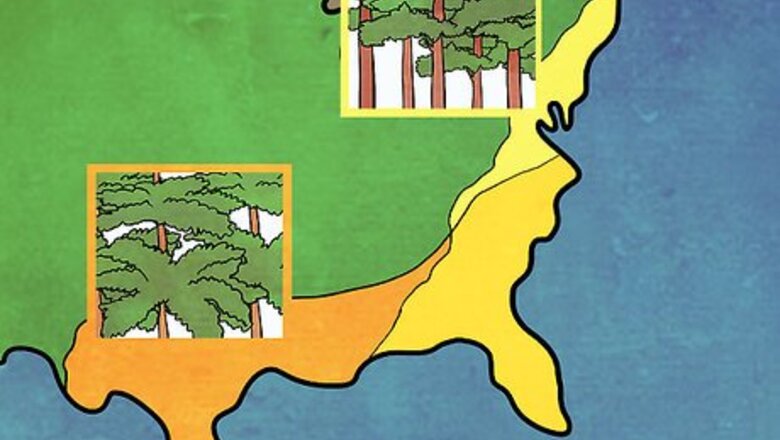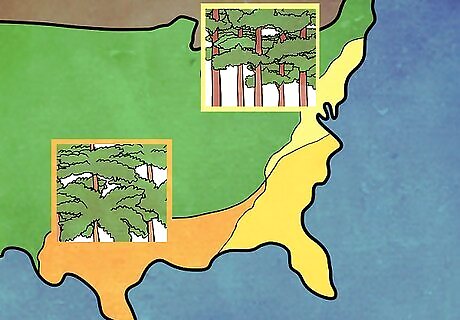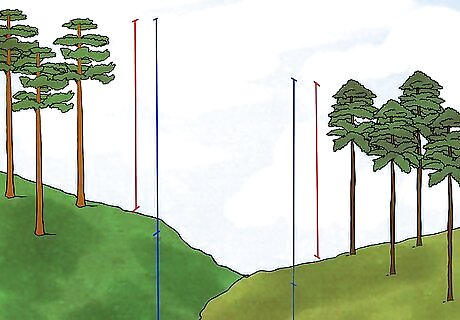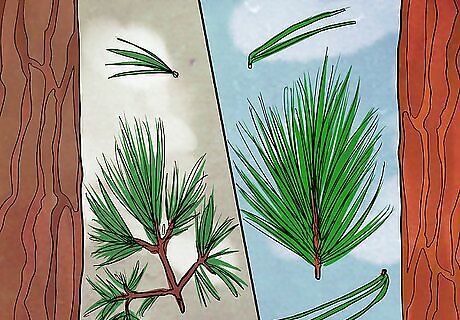
views
Considering Location

Consider their normal geographic ranges. The Loblolly Pine ranges from southern New Jersey to northern Florida and as far west as eastern Texas. The Longleaf Pine does not range as far north, with its range extending from Virginia to central Florida and as far west as eastern Texas. If you are north of Virginia, you can be sure the tree is a Loblolly Pine. If you are in central to southern Florida, you can be sure the tree is as Longleaf Pine.

Look at the land around the tree. Are you in a low, swampy area or a well-drained area? The Loblolly Pine prefers depressions and areas that water tends to collect in, while the Longleaf Pine tends to prefer higher ground that is well-drained.

Consider the elevation. Longleaf Pines range in elevation from sea-level to 600m (1,970ft), though it is most commonly found at 200m (660ft). Loblolly Pines range in elevation from 150-365m (500-1,200ft).
Examining Physical Characteristics

Consider the height and width. The Loblolly Pine reaches an average height of 30-35m (98-115ft) and 7-11m (23-36ft) wide with a trunk diameter of 0.4-1.5m (1.3-4.9ft). Very large specimens may reach 50m (160ft) in height. The Longleaf Pine grows to a similar height, however it remains more slender, with a trunk diameter of just 70cm or 28in.

Pay close attention to the appearance. The Loblolly Pine has scaly gray-brown bark and pale blue-green needles that range in length from 10–23 centimeter (3.9–9.1 in), and occur in bundles of three. The Longleaf Pine has scaly red-brown bark and dark green needles that range in length from 20–45 centimeter (7.9–18 in) (8-18in) and also occur in bundles of three - often twisted.

Look at the grain and appearance of the wood. Both share a medium to fine-grained texture. With both species, the heartwood is reddish-brown and the sapwood is yellowish-white.

Consider density and shrinkage. Loblolly Pine tends to have less mass and density than Longleaf Pine: 35 pounds per cubic foot compared to 41 pounds per cubic foot. Both suffer from comparative shrinkage ratios, with Loblolly pine shrinking only slightly less.




















Comments
0 comment